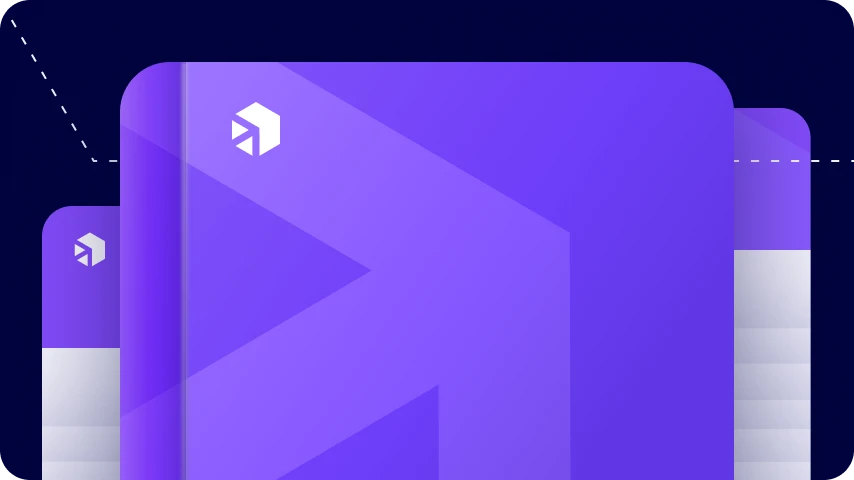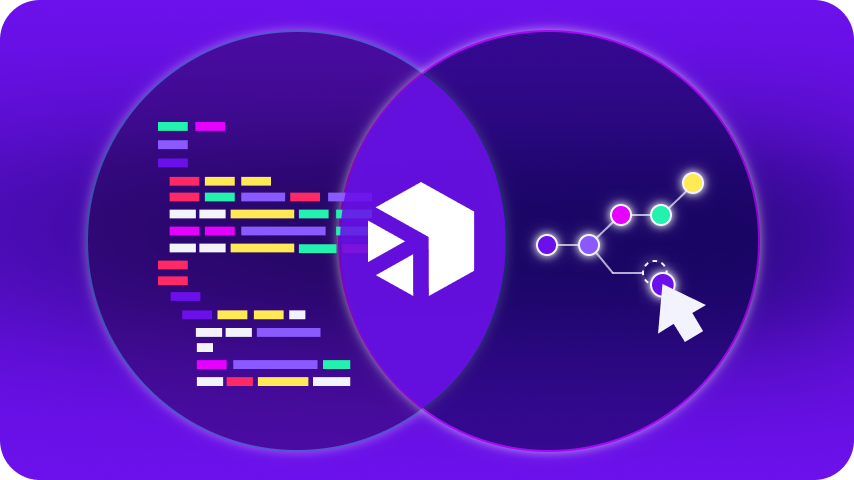September 27, 2022
The SAP S/4HANA migration train is still at the station, and — thanks to industry feedback — it’s there to stay. At least until 2027 when support for SAP ECC ends. However, this welcome respite is just a pause in what for many enterprises will be their most significant infrastructure upgrade in decades.
For some organizations, SAP S/4HANA may be their first serious foray to the cloud and an important step in their ongoing digital evolution. With the agility of the cloud and truly digitized processes to power them, these companies are now able to support new and innovative ways to do business.
While it’s a given that the shift from SAP ECC vs SAP S/4HANA will require significant investments in time and resources, one of the biggest impacts on enterprises is the technical debt accrued over the years (and even decades) that SAP ECC architecture has been in use.
| 1992 | The first SAP ERP was built based on the SAP R/3 software with various applications on top of SAP Basis (a set of middleware programs and tools). All applications were built on top of the SAP Web Application Server, with extension sets used to deliver new features and stabilize the core. |
| 2004 | A complete architecture change occurred with the introduction of mySAP ERP with ERP Central Component (SAP ECC) replacing R/3 Enterprise. |
| 2006 | The latest version (SAP ERP 6.0) was released, with subsequent updates using SAP enhancement packs. The most recent was SAP enhancement package 8 for SAP ERP 6.0 (released in 2016). |
| 2015 | SAP S/4HANA launched. |
| 2027 | Support for SAP ECC will end. |
Based on the SAP ERP timeline, it is likely there are SAP customers out there who have been using the software for almost 20 years. During this time, an untold amount of customized coding has occurred to better align out-of-the-box SAP capabilities with the specific requirements of the business. Unfortunately, customized coding comes at a cost.
SAP Customizations: The Price We Pay
The need for customized coding is attributed to the rigid model imposed by SAP tools requiring additional development work (and subsequent maintenance) to adapt the technology to the processes of the business.
“Custom code is the biggest barrier in migrating or upgrading to a new SAP environment.”
80% of organizations surveyed
Pillir ASUG Report, 2021
This is borne out in the numbers: 91% of SAP users rely on custom code with 90% of the code that’s in use considered to be “important” to “extremely critical”. In fact, 80% of organizations consider SAP custom code to be their biggest barrier in migrating or upgrading to a new SAP environment.
These customizations are woven throughout the business, facilitating important functions including CRM, ordering systems, inventory management, invoicing, accounting, and many other business-critical processes. In addition, almost half of the applications in question were developed more than six years ago, which means these systems and associated business logic are no longer contemporary.
Then there are the resources needed to maintain this model. In particular, the reliance on the same experts who built the customizations to manage any transitions every time a new or different platform is enabled within the existing environment. This siloing of expertise complicates efforts to innovate, especially when these experts leave the company.
| The numbers – $800K annual spend (average) on the most important (2-3) custom applications – 1000+ custom applications for a typical customer – 20-30 SAP instances running at any one time for some Fortune 500 companies |
Such heavy technical debt must be reconciled. Not only does it offset profit margins, it also delays the implementation of modern technologies, which are critical to the company’s ability to compete and succeed in the market.
Eliminating SAP Custom Code with iPaaS
Custom code is most typically used to tie two systems together (also referred to as custom coded point-to-point integration). But what begins as a fairly straightforward “connect point A to point B” exercise quickly devolves into a confusing mess with overlapping connections that are difficult to maintain and impossible to scale.
The SAP S/4HANA migration is a perfect starting point for enterprises bogged down by the spaghetti-like architecture resulting from SAP custom code. Instead, organizations can leverage enterprise integration platform as a service technology. This model uses API integrations that seamlessly connect current systems and the new SAP S/4HANA platform.

Bauducco migrated from its legacy ERP system to SAP S/4HANA, integrating 14 systems with the new platform and precluding the need for costly customization work. Learn more →
Although data migration is a critical step in the shift from SAP ECC to S4/HANA, by leveraging iPaaS technology, there is no need for SAP customers to accommodate the customized coding that’s been created over the years, essentially eliminating their technical debt while fast-tracking their SAP cloud migration strategy.
Digibee helps enterprises evolve from customized to simplified integrations. Our iPaaS technology bridges the gap between current systems and new technologies, connecting data and platforms that have never been connected before, regardless of underlying silos or legacy infrastructure.
Accelerate Your SAP S/4HANA Migration
Instead of viewing the extension of SAP ECC end of life to 2027 as a reprieve, Digibee customers are accelerating their migration timelines to more quickly eliminate the ongoing accrual of technical debt. With spending on customized coding reaching (and often exceeding) $1M annually, the faster their migration to S4/HANA, the sooner they can reconcile the technical debt they’ve incurred (and which continues to grow).
With Digibee’s low code integration model, our customers implement integrations 40% faster, decreasing operating costs with fewer incidents, faster recovery times, and zero downtime. These efficiencies help free up resources to focus on the higher priority S/4HANA migration work.
Book a demo with us to learn more.













